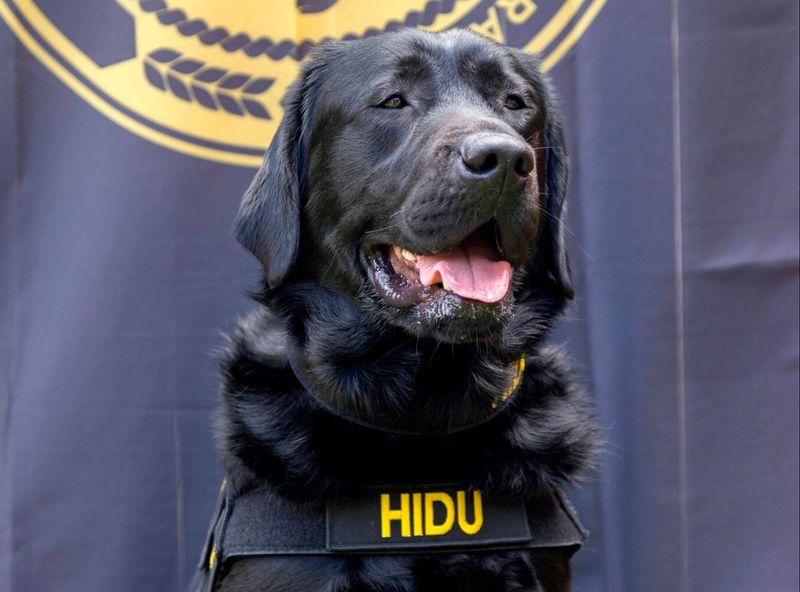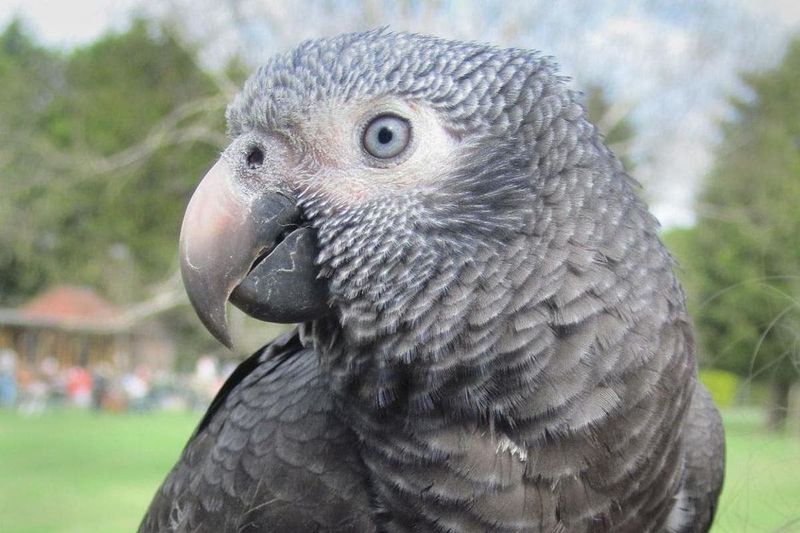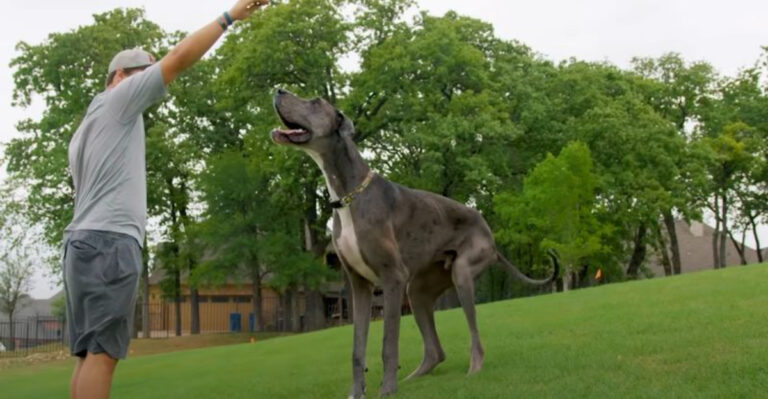12 Animals Who Played Key Roles In Solving Real-Life Crimes

Throughout history, animals have been known for their loyalty, companionship, and even their ability to assist in solving crimes.
These stories highlight animals whose unexpected contributions have helped crack some of the most intriguing cases worldwide.
Let’s explore these fascinating tales of animal detectives that have left a mark in the world of crime-solving.
1. Parrot’s Shocking Words Reveal It All

Words can echo beyond our understanding, especially when uttered by an African Grey parrot. This intelligent bird repeated the chilling last words of a victim, astonishing investigators.
The parrot’s mimicry provided a crucial clue, leading authorities directly to the perpetrator. In a bizarre twist of justice, this feathered witness stood out in the courtroom.
Parrots are known for their intelligence and awareness, but who knew they could turn into star witnesses? The parrot’s testimony contributed significantly to solving the crime.
2. Feline Solves A Tragic Case

In a small town, cat hair became the silent witness to a grim crime. The case of Shirley Duguay took a surprising turn when investigators discovered cat hair on the victim’s clothing.
This feline forensic evidence linked the perpetrator to the crime scene, ultimately leading to a conviction. Cats often roam unnoticed, but their fur can tell tales.
Through careful analysis, the authorities pieced together the puzzle, showcasing how even the softest of creatures can hold the sharpest of clues.
3. Grasshopper’s Missing Leg Gives A Clue

In the heart of Texas, a grasshopper hopped into the limelight of crime-solving. Its missing leg became a matchmaker of sorts, linking a suspect’s pants to a crime scene.
This tiny insect’s contribution was pivotal in piecing together the crime. Who would have thought a mere grasshopper could leap into the pages of criminal history?
By connecting the dots, detectives illustrated the importance of small details. The case was cracked wide open, thanks to this six-legged sleuth’s unexpected involvement.
4. Dog Sniffs Out Missing Evidence

Max, a highly trained search dog, became a hero in the U.K. when he sniffed out a crucial piece of evidence in a investigation.
In 2012, his remarkable sense of smell led officers to a hidden weapon, buried deep in a wooded area. The discovery was a breakthrough in the case, showcasing the incredible capabilities of canine detectives.
Dogs have long been man’s best friend, but Max proved they could be a criminal’s worst nightmare, with noses that know no bounds.
5. Layla The Dog Brings Truth To Light

Layla, a golden retriever, played a crucial role in solving a mysterious disappearance. Her DNA linked the perpetrator to the crime, unraveling the mystery of Danielle Van Dam’s tragic fate.
It’s not every day that a dog’s DNA has its day in court, but Layla’s genetic blueprint provided undeniable proof.
The case highlighted the groundbreaking advances in forensic science, emphasizing how canine companions can offer more than loyalty. Layla’s involvement was pivotal, illuminating the truth and securing justice.
6. Another Repeating Parrot Solves The Mystery

Once again, a parrot took center stage in solving a crime, this time in India.
The bird’s uncanny ability to mimic human speech revealed the identity of a killer. By repeating a suspicious phrase, the parrot pointed investigators in the direction of the culprit.
Parrots are often seen as mere entertainers, but their sharp ears and vocal talents can sometimes unveil dark secrets. In this case, the parrot’s chatter helped unravel a mystery, turning a tragic tale into a triumph for justice.
7. Bad Guys Convicted By Bird DNA

Birds aren’t just pretty feathers and sweet songs; sometimes, they’re carriers of crucial evidence. In the case of Kevin Butler, bird DNA played a surprising role.
A cockatoo named Bird left behind feathers that became key evidence in the investigation. Scientists matched the DNA to the crime scene, helping to convict the guilty parties.
This case highlighted the unexpected ways wildlife contributes to justice. Through these feathery clues, the cockatoo assisted in unraveling the complexities of a criminal act.
8. Horse’s Hoofprints Lead To A Criminal

In a 2007 robbery case, a horse trotted into the annals of crime-solving history. The trail didn’t end at the crime scene; instead, hoofprints led authorities straight to the suspect.
This equine detective’s tracks were pivotal in retracing the escape route, ultimately leading to an arrest.
Horses are known for their grace and power, but in this case, they also demonstrated precision in providing evidence. By following the path laid out by the hoofprints, justice galloped forward with confidence.
9. Scooby-Doo Cracks The Case

In a Paris courtroom, a real-life Scooby-Doo moment unfolded when a dog helped solve a case. The canine’s behavior and reactions were presented as part of the evidence, providing insights into the crime.
This unique approach to justice captivated the jury, leading to a conviction. Dogs are often seen as loyal companions, but this case proved they could also be witnesses in their own right.
Through wagging tails and knowing eyes, this dog added a layer of depth to the investigation.
10. Another Crime Solved With Puppy’s DNA

In Seattle, a puppy named Chief provided an unexpected twist in a home invasion case. The pup’s DNA linked the criminals to the crime scene, sealing their fate.
This innovative use of canine genetics showcased the power of modern forensic techniques. Puppies may be known for their cuteness, but Chief’s contribution was anything but ordinary.
By providing a genetic connection, this furry detective helped unravel a tangled web of deceit, highlighting the role of animals in modern crime-solving.
11. Cat’s DNA Reveals Husband’s Crime

In the quiet suburbs, cat DNA became the silent storyteller in Lori Auker’s case. The feline evidence linked her estranged husband to the crime, unraveling a tragic tale of betrayal.
Cats are often seen basking in the sun, yet their fur can carry the weight of truth. This case highlighted the importance of minute details in forensic science.
By connecting the dots through DNA, investigators painted a picture of guilt, proving that even the smallest creatures can deliver the biggest revelations.
12. Duck Quacks A Mystery

In an astonishing twist, a pet duck became a detective, leading authorities to the remains of Nellie Sullivan.
The case, shrouded in mystery, found clarity through the duck’s instinctive search. Ducks are usually seen as gentle creatures, but this one waddled into the spotlight of crime-solving.
By guiding investigators to the scene, the duck provided the missing piece, turning speculation into resolution.
This feathered detective story is a quacking good example of how animals can unexpectedly contribute to justice.






